I see you stand like greyhounds in the slips,
Straining upon the start. The game’s afoot:
Follow your spirit, and upon this charge
Cry ‘God for Harry, England, and Saint George!’
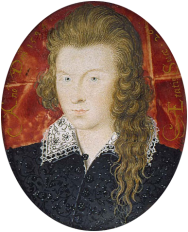
I love Shakespeare. Throughout the year Britain is celebrating Shakespeare 400.
Shakespeare died on his birthday, 23rd April 400 years ago. This is also St George’s Day (patron Saint of England). So this weekend there are special celebrations throughout the regions. I am going to many and thought I would highlight Shakespeare and his Southampton connections:
The Earl of Southampton
Henry Wriothesley, Earl of Southampton was Shakespeare’s patron, especially during the era of The Globe theatre. Shakespeare made such a devoted dedication in his sonnet The Rape of Lucrece to Wriothesley, that many thought that there may have been a sexual relationship between the two, though I like others feel that is was just the language of the day.
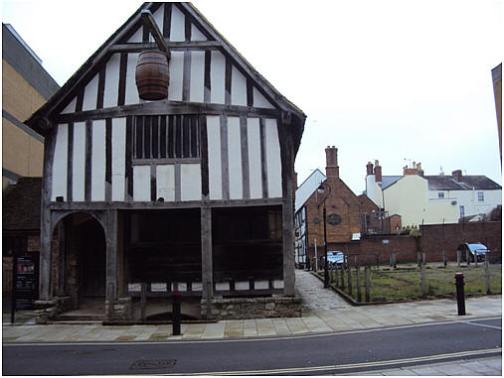
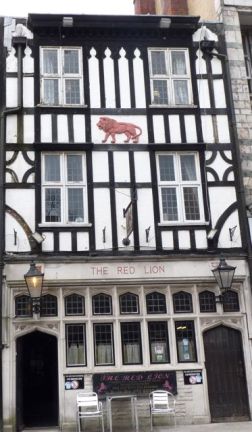 The Earl’s country seat was outside of the town of Southampton, but still in Hampshire, in Titchfield. Although his wife lived there, Henry Wriothesley spent much of his time in London, as did Shakespeare.
The Earl’s country seat was outside of the town of Southampton, but still in Hampshire, in Titchfield. Although his wife lived there, Henry Wriothesley spent much of his time in London, as did Shakespeare.
The Earl is also believed to have frequented or owned a pub in Southampton’s City Centre where travelling actors lodged. Some say this was The Bull’s Head (now referred to as The Tudor Merchant’s House); others say it was The Red Lion Inn. It was a council chamber where the trial of traitors from The Southampton Plot took place before it became an inn. In Henry V Act II, scene II, Shakespeare has the king sentence the plotters in the Southampton council chamber, then immediately set sail from the port of Southampton for Agincourt. Shakespeare must have listened to the Earl mention the Red Lion or some believe that Shakespeare may have had a drink there himself.
Southampton’s Bargate
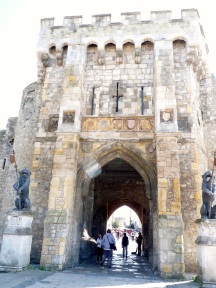

Shakespearean actors have performed at the Bargate and in theatres around the town since Elizabethan times, including Shakespeare’s own touring actors. Every British monarch has passed through this Bargate on their way to Southampton’s Port. Hangings once took place at the Bargate and according to legend The Southampton Plot traitors, that were written about in Henry V Act II, scene II, were hanged here.
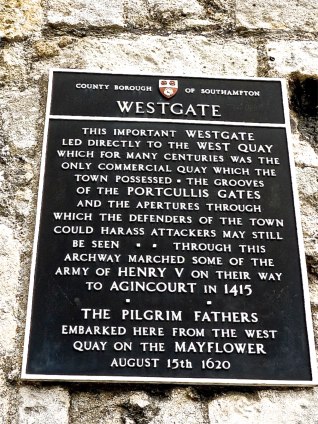
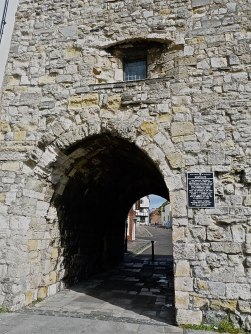
Southampton’s West Gate and Port
The soldiers who boarded ships at Southampton for the D-Day invasion, took inspiration from Shakespeare’s Henry V. Some of Henry V troops passed through Southampton’s West Gate to set sail from Southampton to the Battle of Agincourt.
Once more unto the breach, dear friends, once more;
Or close the wall up with our English dead.
Daring Theatre in Southampton
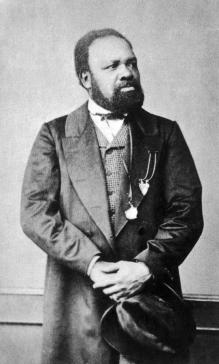
Southampton has a long reputation for modern or innovative theatre, Ira Aldridge is recorded as the first black Shakespearean actor. He had a limited experience of acting when he arrived from New York by ship, on which he worked as crew, in 1824. But following drama lessons and a stint at a University in Scotland, he became one of the highest paid stage actors in the world.
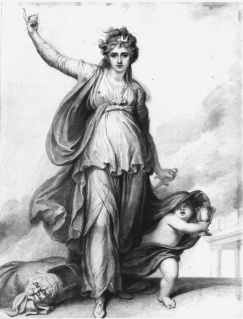
Ira was especially loved here in the South. He performed on stage in Southampton in the title role of Shakespeare’s Othello in 1828.
Many actresses, such as Sarah Siddons (she frequently visited Southampton and there is a theatre group named after her here: http://www.sarahsiddonsfanclub.org ) and sisters Charlotte and Susan Cushman have said to have performed Shakespearean roles in Southampton in the late 1800s. Women were considered too titillating to be allowed to perform Shakespeare at London theatres at that time and certainly would not have been allowed male roles.
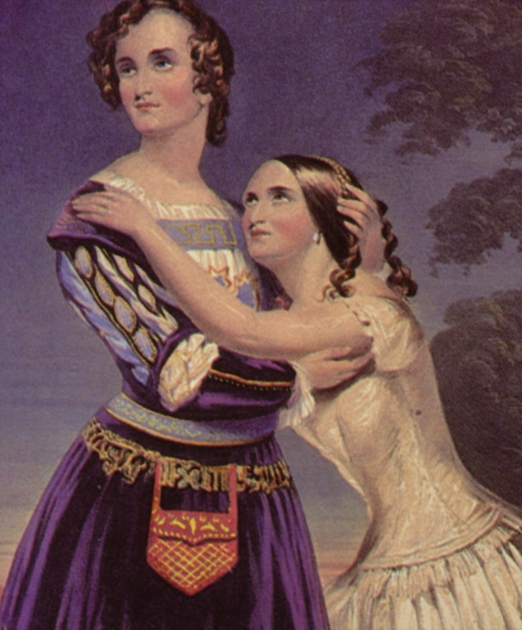
Quotes used are from Henry V Act III Scene 1 (Before Harfleur)
Further links: http://www.bbc.co.uk/programmes/articles/2NKzPstNLT9cvcYMj9qdtT3/shakespeare-and-hampshire-where-his-footprints-are-lost-in-time

Great post! But, unfortunately, so much crap has been written about your Earl and Shakespeare I’m surprised you’re not subject to frequent earthquakes as a result of your Earl spinning in his grave.
Yes, Shakespeare dedicated his long narrative poem “Venus and Adonis” to the Earl in 1593. And yes, about a year later, he dedicated another narrative poem (Lucrece) in words that suggest that the Earl may have helped him out financially while the London theatres were closed because of the plague.
But that’s it. The stories that have grown up about Shakespeare and your Earl beggar belief.
LikeLiked by 2 people
It seems that everyone wants a bit of fame. There are enough splinters from the cross of Jesus to make a forest
LikeLiked by 1 person
Too true.
LikeLiked by 1 person
It is interesting now that we have internet with no authorities fact checking – how our history will be written.
LikeLiked by 1 person
Not just the Internet, I’m afraid. All sorts of people write without fact checking. I’m currently reading Bill Bryson’s book on Shakespeare, published in 2007. While BB is suitably skeptical about the stories surrounding Shakespeare, he doesn’t seem to have checked a single one of his own about the Earl of Southampton. He describes him as being “exceedingly effeminate”, and therefore “must have made an interesting soldier”. He announces that men “did not normally wear their hair so long”, and goes on to suggest the Earl was a cross-dresser! Which demonstrates that BB didn’t look at portraits of other fashionable young Elizabethan men. Later in the book he says that, in 1601, the Earl of Essex intended to depose Queen Elizabeth. I wonder if BB bothered to look up either Earl in the DNB?
LikeLiked by 2 people
Wonder what the Earl of Southampton’s cat would have to say about all this sillyness?
LikeLiked by 2 people
Happy WS Anniversary Day!
LikeLiked by 1 person
I can no other answer make, but, thanks, and thanks.
LikeLiked by 1 person
Very interesting piece. Your town impresses me continually, as does your work.
LikeLiked by 1 person
I can no other answer make, but, thanks, and thanks.
LikeLiked by 1 person
Happy BDay Bill! Southampton has stuff! Really good post. Thank you.
LikeLiked by 1 person
A lot of history that I did not know. Especially liked the story about Ira Aldridge. My favorite Shakespeare piece is Henry V. Happy Birthday Bill.
LikeLiked by 1 person
We are always finding out new things. Then newer things that contradict.
LikeLiked by 1 person
Very informative post SOL. It always makes me proud when I think of our city’s history
LikeLiked by 1 person
And we haven’t even got a tourist information centre!
LikeLike
Shameful isn’t it?
LikeLiked by 1 person
Thanks for this, Sol. Jackie’s mother shares this death day
LikeLiked by 1 person
It is my mother’s birthday in memoriam too.
LikeLiked by 1 person
Happy St George’s Day.
I didn’t know the earl owned a pub.He was clearly more interesting than I thought, and I already thought he was quite interesting.
LikeLiked by 2 people
No hard evidence, but Harry who does Southampton tours informs his walkers about the rumour. He must have at least had to attend council chamber a few times, being Earl of Southampton – so I personally think that could the connection for The Red Lion.
LikeLiked by 2 people
Wonderful post, and as Frankie Beane says…Southampton really does have some stuff. Your posts encourage me to visit.
LikeLiked by 1 person
I’ll give you a free tour!
LikeLiked by 2 people
That would be cool.
LikeLiked by 2 people
Could I also take you up on that? And we could have a few drinks as well. I’m sure you’d choose a great pub. I (with my dodgy eyesight) always have the perfect excuse for falling over. 🙂
LikeLiked by 1 person
Certainly! My balance was affected with chemo – and I am really getting better. The pavements in town are quite uneven!
LikeLiked by 1 person
Like you, I love Shakespeare. It’s wonderful to imagine plays performed at the Bargate
LikeLiked by 1 person
Hi Marie – Haven’t forgotten you. Missing your posts – have so many to catch up on. The good weather has meant lots of outside work and little time reading blogs.
LikeLike
I’m in the same boat.
LikeLiked by 1 person
Great we’ll catch up later.
LikeLiked by 1 person